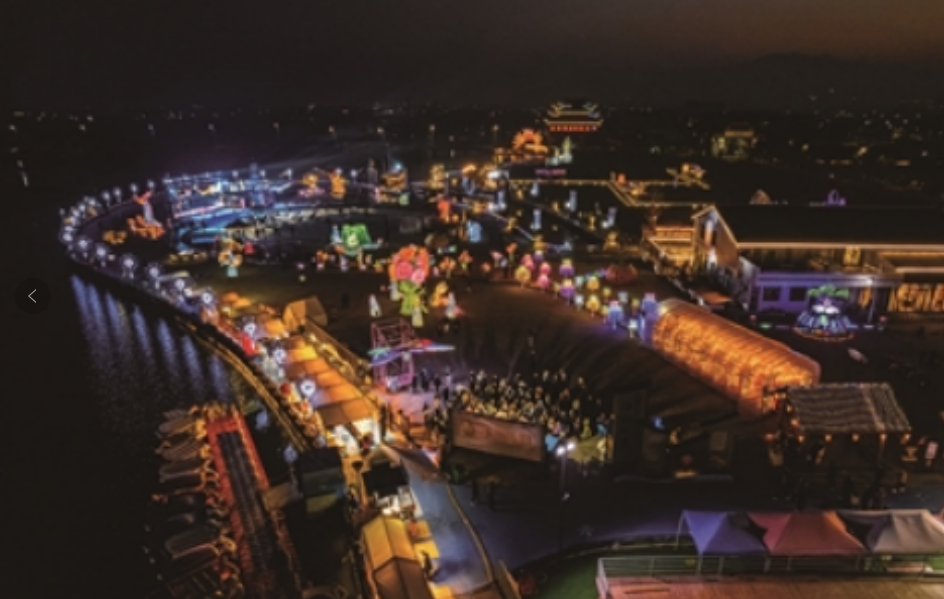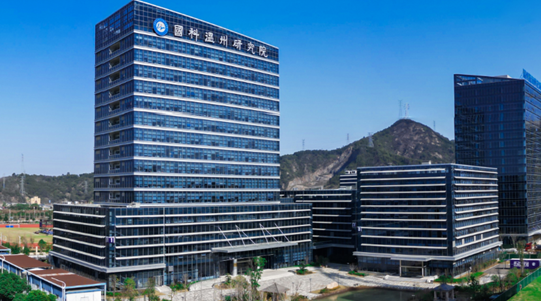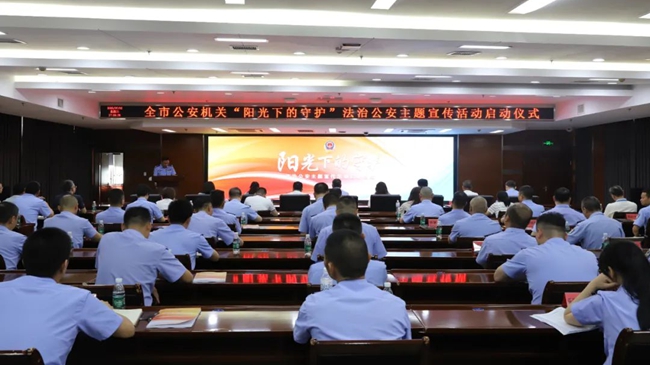Longgang’s Maritime Festival Revives Ocean Culture and Rural Charm
时间:2025-03-05 15:25:00 来源 : DiscoverWenzhou 作者 : Chen Yuanyuan
From February 28th to March 2nd, Longgang in Wenzhou hosted the Village Tourism Festival and the third Linjiayuan Community Maritime Culture Festival. This maritime-themed event featured a variety of activities such as intangible cultural heritage (ICH) performances, immersive interactions, and cultural tourism markets, vividly linking Longgang's oceanic heritage with its achievements in rural revitalization, presenting visitors with an audio-visual feast that celebrates both marine culture and economic prosperity.

the third Linjiayuan Community Maritime Culture Festival. Photograph provided by Longgang converged media
At the ICH performance area during the festival, an ancient skill called"Lóngké" became the focal point for tourists. Six performers demonstrated the labor scene during low tide using nearly five-meter-long long poles. The poles were inserted into the seabed, and as the winch turned, a string of oyster shells emerged from the sea. Huang Yanlou, the secretary of Linjiayuan Community, explained that this technique, which dates back to the late Qing Dynasty, was once a vital livelihood for every household in the community. Oyster shells not only served as building materials but also provided a significant source of income for fishermen. At its peak, Linjiayuan had over 40 Lóngké boats.
"With the development of modern times, lime and cement replaced oyster shell-based lime, and the Lóngké technique gradually became part of history," Huang noted. To better preserve and pass down this tradition, the community has formed a team of over 20 experienced Lóngké artisans. They showcase the entire process from oyster shell collection to lime production through performances and educational programs, aiming to revive and perpetuate the wisdom and resilience of their ancestors who relied on the sea for survival. Currently, efforts are underway to have this technique recognized as a representative project of Longgang’s intangible cultural heritage.
The Lóngké performance is one of the ways Longgang delves into the essence of maritime culture, contributing to the creation of a thematic IP matrix centered around"Stories of the Sea." Over three days, Linjiayuan Community collaborated with the Longgang Hai Pai Shadow Puppetry Art Museum to present a custom-made story titled The Adventures of Haiwa, depicting life in Linjiayuan during the reform and opening-up era through shadow puppetry. Additionally, poetry recitals, interactive games, and continuous parades allowed children to experience their ancestors' maritime endeavors. The fusion of traditional blacksmithing fireworks with electronic music created a unique blend of ancient skills and modern rhythms.
Linjiayuan Community, known as one of Wenzhou's earliest Taiwan trade hubs and a village specializing in maritime cargo transport and oyster shell collection, has transformed its historical maritime legacy into a cultural IP through the Maritime Culture Festival. In recent years, guided by the"Million Projects" initiative, the community has focused on themes like water town scenery, pastoral landscapes, stories of the sea, and child-friendly environments. By integrating facilities such as child service centers, study bases, waterfront parks, seasonal flower fields, and camping grounds, it has evolved from a backward village dependent on maritime transport into a prosperous model community characterized by scenic beauty, thriving industries, wealthy residents, and livability.
Pursuing innovation while developing sustainably, green production highlights Longgang’s new productivity in the printing industry, empowering harmonious rural development.(Chen Yuanyuan)


